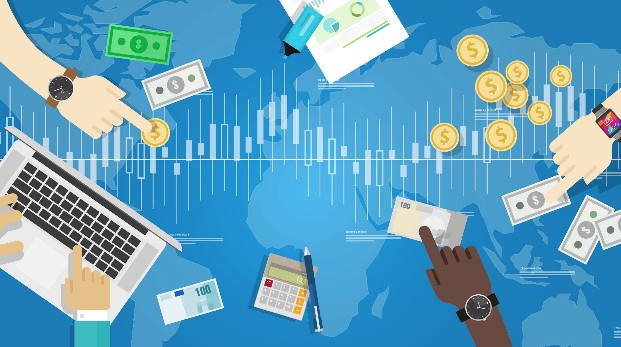Traditional Economy: Get a complete overview of it today

There are various economic models currently running in different countries. As per the need, lifestyle, and traditions of the people, the economic model is accepted by the countries so that maximum production can be done and everyone’s needs can be sustained.
One of the oldest economic models is the traditional economy model (also called conventional economy). It was the first model to be accepted by people and it is still going on in some of the underdeveloped countries of the world. With changing times, people started following the market economy which is a way modern and adapting to technical and innovative changes.
But it is important for us to understand and know about the pioneering model of the economy- the traditional economy definition, its pros, and cons. Financeshed have brought in this post today. So, let us read ahead and know everything about it.
What is a traditional economy?
The traditional economy works under the motive of providing employment to the people of the community and see that everyone has enough goods to sustain. It doesn’t work under the motive of making money or profitability. Usually found in underdeveloped countries, it is basically a way of life people live there.
This economy runs on the traditions, customs, and rules followed by the people in the society. People of one community participate in doing various employment activities and run the economy. They sell the goods and services not with money but with the barter trade system.
In a barter trade system, one good is exchanged for another good. For example, if someone is producing apples then he will exchange his apples with someone who is producing wheat or anything else if he wants to buy that particular item. So, you buy something and in return, you don’t give money but you give them some goods.
The economic activities in the conventional economy are mostly farming, hunting, cattle herding, etc. In underdeveloped countries where there is a lack of innovation and technological advancement, people follow these forms of natural employment activities.
All the people of the community, young, middle-aged, and even old involve themselves in some or the other activity and produce something. As per the needs of the society, they produce things and those things are consumed mostly daily. There is no oversupply of the goods and there is no shortage also. Everything produced is consumed and is not wasted.
Where will you find this economy?
This economy is followed by the tribal communities in the underdeveloped countries. Also, in some developed countries or semi-developed countries, you will find this economy in the rural areas which are out of reach of technology and the modern world. Tribal leaders take the decision here as to who will perform which task and what sort of things are produced for the day based on everyone’s needs.
One thing really good about this economy is that everyone in the community will get some work to do and also they will get enough goods to sustain their life. Leaders here make sure that everyone has food to sustain their day.
Let us now have a look at the peculiar characteristics of a conventional economy.
Characteristics of a conventional economy
- This economy is based on beliefs, customs, and traditions followed by the people over the years.
- Work here involves hunting, fishing, agriculture, wood-cutting, etc.
- It involves barter trade.
- All the goods produced are consumed so there is no oversupply or shortage.
Let us now dive deeper into this economy checking out the traditional economy pros and cons.
Advantages:
1. Work is given to all the members of the community so everyone is busy doing something or the other thing.
2. Every member has the required skills and knowledge to carry out the specific activity. These skills and knowledge are then carried out to the next generation.
3. No wastage of the goods and resources.
4. No industrial pollution so clean and pure environment.
5. People here don’t work for profits and money so they are not greedy for anything. They support each other and live a simple and peaceful life.
Disadvantages:
1. One of the disadvantages of this economy is that people have to work continuously. There are no holidays in this economy as they have to work every day to produce the goods to sustain their life. There are no machines and robots who can do the things speedily so humans have to manage everything so there is continuous hard work in this economy.
2. If there is a drought or flood then the crops will get damaged and people won’t be having anything to eat.
3. Life quality is not good when you compare this economy to the market economy. In the market economy, people do less work and gain more resources and can spend some time enjoying their life.
4. Very limited career options are available.
5. There is no personal or community growth. People don’t like change as they fear their values and traditions will get ruined if they accept change.
This was all about the traditional economy and its advantages and disadvantages. Hope you got a clear understanding of this economy and how it runs!





